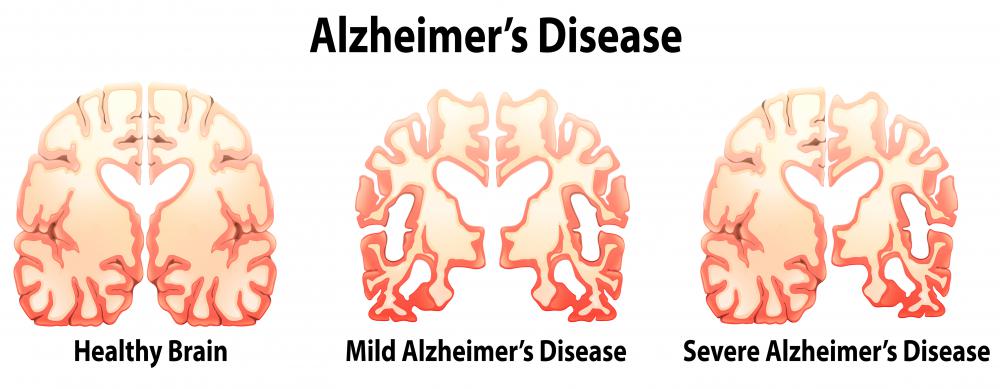At WiseGEEK, we're committed to delivering accurate, trustworthy information. Our expert-authored content is rigorously fact-checked and sourced from credible authorities. Discover how we uphold the highest standards in providing you with reliable knowledge.
How Do I Interpret My Biopsy Results?
Biopsy results are usually reviewed with a patient by a doctor who is able to fully explain what they mean. Generally, results can either come back normal or indicate that there is some degree of abnormality in the collected cells. Changes in the cell structure may range from mild to serious or they may indicate the presence of an infection. Conditions such as cancer and Alzheimer's disease can be interpreted from biopsy results.
In the majority of cases, biopsy results have the possibility of coming back normal or abnormal. Normal results typically mean that the cells are benign or non-cancerous. In terms of brain biopsies, a normal result may be interpreted as the absence of any disease.

Sometimes biopsy results might come back as inconclusive. This means that the results do not match the results of a previous test or pre-screening. An example of this would be a pap smear that screens for abnormal changes in cervical cells. The pre-screening results could indicate an abnormality, while the results come back as normal.
For inconclusive results, it may be recommended that the patient come back for further testing at a later time. In some cases, a second biopsy might be performed. In others, a second pre-screening test may be conducted. Screening for cervical cancer often involves a second pap smear test rather than a colposcopy, which is more invasive.

A brain biopsy is an invasive procedure that tests for abnormalities in brain tissue. When results come back as abnormal, the degree of cell change is examined and classified. Minor changes may indicate an infection or pre-cancerous developments. With some types of cancer, the results also indicate whether the cancerous cells have spread.
Besides providing a diagnosis of disease, the results of a biopsy can indicate what type of treatment needs to be administered. With infections, prescription medications may be given or the infectious material may be surgically removed. Pre-cancerous cell changes usually require some type of surgical treatment to remove the cells. Follow-up tests may be required to monitor further possible cell modifications.

Some types of changes are classified according to scales. Biopsies performed for prostate cancer are identified according to a Gleason score. The results range from 2 to 10, depending upon their severity. Those cells that receive a higher score are more likely to spread and develop into cancer.
Cancerous tumors may also be classified on a biopsy result. For example, certain types of breast cancer are identified by the protein levels in the tumor. Those that are more lethal are referred to as HER2-positive. This type of abnormal cancerous cell is likely to spread and develop quickly, making aggressive treatment a priority.
AS FEATURED ON:
AS FEATURED ON:

















Discuss this Article
Post your comments